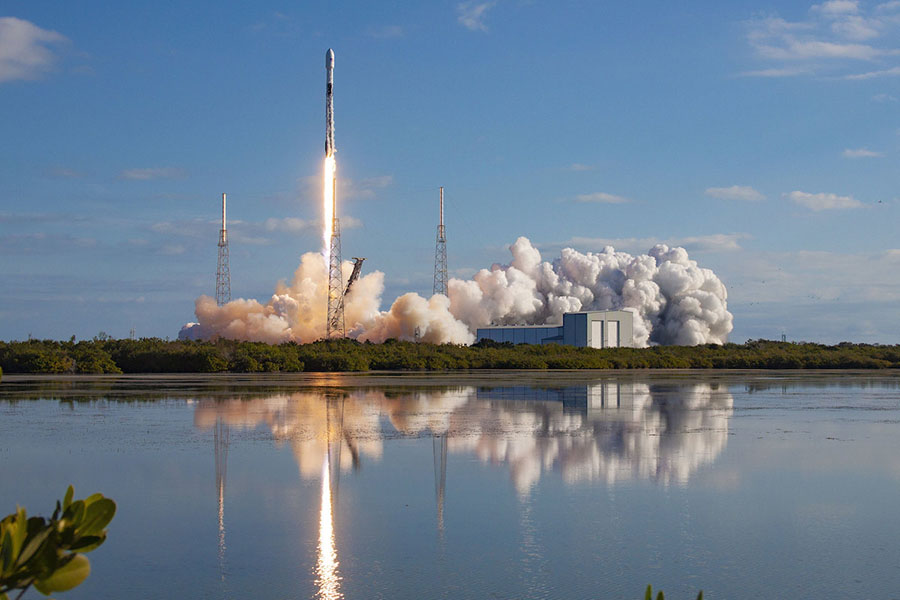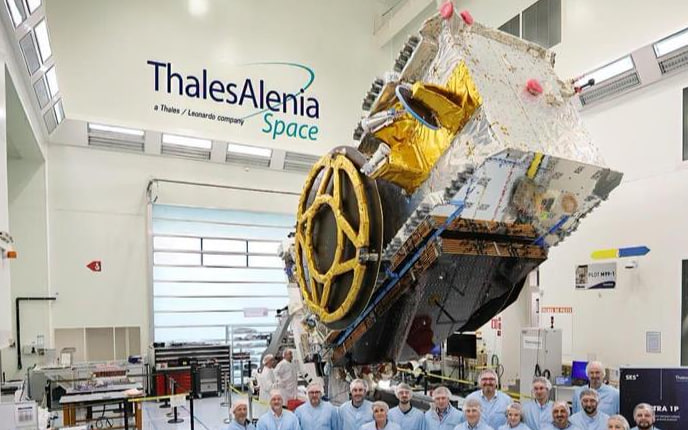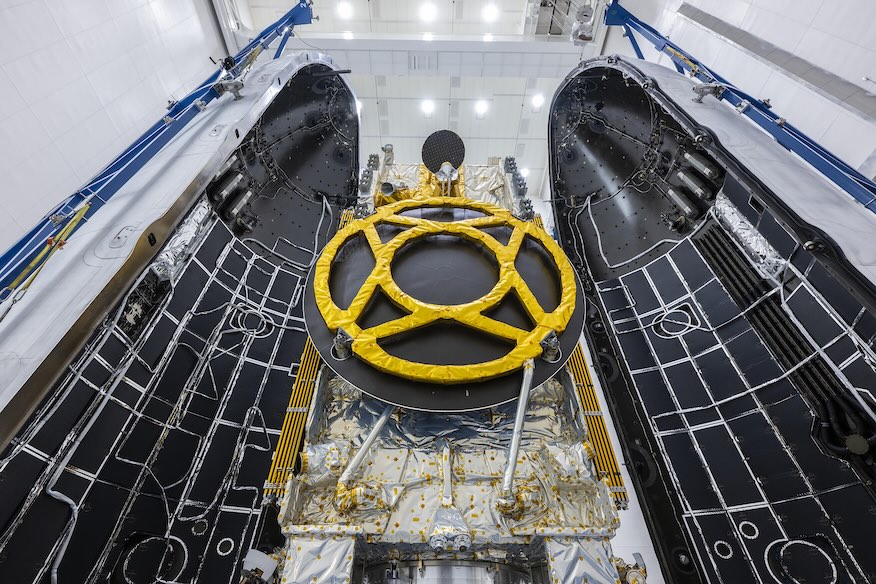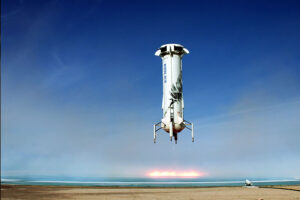[Updated] SpaceX Falcon 9 Rocket Successfully Launched Astra 1P Mission
19th Jun 2024![[Updated] SpaceX Falcon 9 Rocket Successfully Launched Astra 1P Mission [Updated] SpaceX Falcon 9 Rocket Successfully Launched Astra 1P Mission](https://orbitaltoday.com/wp-content/uploads/2024/06/Astra-1P-satelliteto-launch.jpg)
SpaceX pushed the 18th June launch of the SES Astra 1P mission to the 19th due to windy weather. The launch from Space Launch Complex 40 (SLC-40) at Cape Canaveral Space Force Station in Florida is scheduled for 19th June, at 5:25 p.m. ET (10:25 p.m. BST).
The Astra 1P satellite will be sent to geostationary transfer orbit (GTO) during a two-hour and 49-minute launch window. The launch encountered several unexpected challenges. Originally planned for Monday, 17 June, the liftoff had been postponed to Tuesday evening due to strong winds. And finally, the launch date is set to Wednesday evening.
Update – 20th June
SpaceX has successfully launched the Astra 1P satellite into geostationary Earth orbit from Cape Canaveral’s Space Launch Complex 40. The Falcon 9 rocket’s first stage booster, B1080, marked its ninth flight, having previously launched missions such as Ax-2, Euclid, Ax-3, CRS-30, and four Starlink missions.

In a historic achievement, Booster B1080 landed on the JRTI droneship, marking SpaceX’s 250th successful Falcon 9 booster recovery.
What Is The SES Astra 1P Mission?
Astra 1P is a wide-beam satellite owned by SES, a Luxembourg-based telecommunications company that is one of SpaceX’s oldest customers.
The new satellite will ensure that content creators and private and public broadcasters across Germany, France, and Spain can continue broadcasting satellite TV channels with the highest picture quality cost-effectively. It is based on the fully electric, powerful Spacebus NEO platform developed by Thales Alenia Space.

Not The First Launch Of The Falcon 9 Booster
It will be the ninth launch and landing for this particular first-stage booster, according to a SpaceX mission description. It previously supported the launches of two private missions for Axiom Space (Ax-2 and Ax-3), the European Space Agency’s Euclid observatory and four Starlink missions.
The booster will aim to land in about 8.5 minutes after liftoff on the droneship called “Just Read the Instructions” in the Atlantic Ocean.
The Falcon 9 upper-stage booster will deliver Astra 1P to geosynchronous transfer orbit about 35 minutes after launch. The satellite will then make its own way to geostationary orbit, 35,786 kilometres above Earth, and will provide TV broadcasting service to European customers.

SpaceX is currently experiencing a rare gap between Falcon 9 launches. If everything goes as planned, the gap between this launch and the previous one will be 10 days.
“This will be the first week we’ve gone without a Falcon Launch in a long time. Unplanned downtime due to weather or unexpected issues happens, it’s how we respond that matters”, writes Kiko Dontchev, Vice President of Launch Operations at SpaceX, in his X account.
The Astra 1P launch will be SpaceX’s 62nd orbital launch this year. A live webcast of this mission will begin on X @SpaceX about 15 minutes prior to liftoff.






Thank you for your comment! It will be visible on the site after moderation.